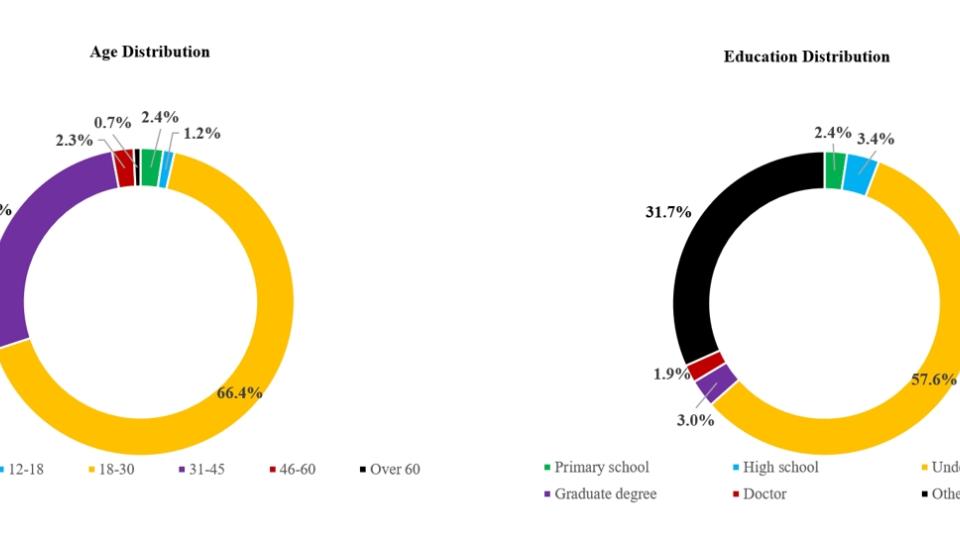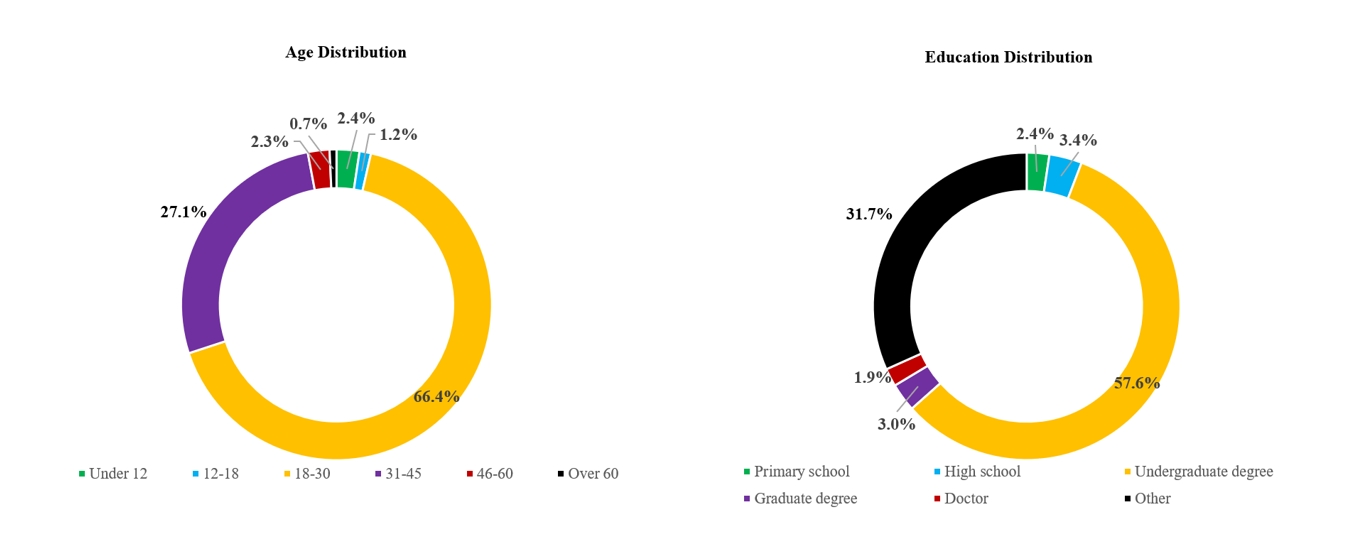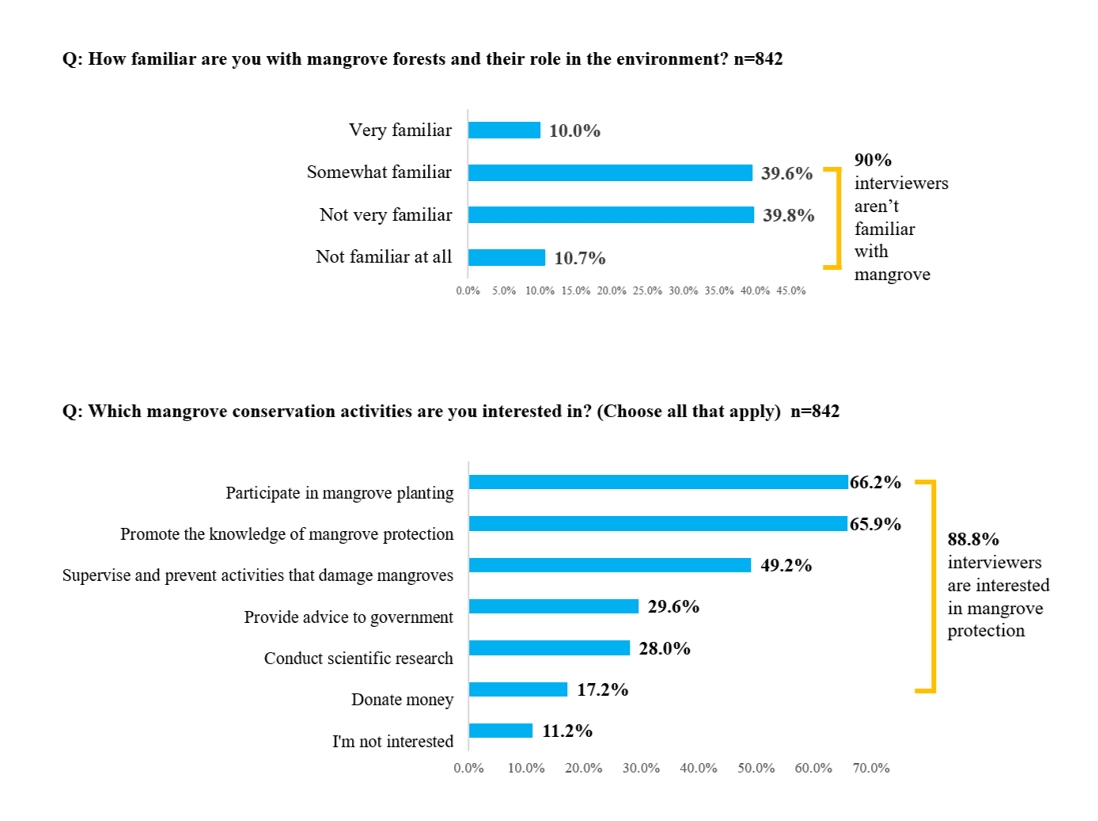
Editor’s note: The 2024 Smart Talks on Climate Change program, jointly organized by Yale Center Beijing and Yale Center for Carbon Capture, culminated in an essay competition where participants submitted essays on "What is a natural climate solution that you've noticed in your own personal context? How might inplementation of this solution at the local level have an impact on the global level?" This is a piece written by one of the winners of the 2024 essay competition.
Mangroves, with four times the carbon capture capability of terrestrial forests, can sequester substantial amounts of carbon in waterlogged soils for up to a century, are known as "blue carbon", mangroves have been recognized globally as a critical measure for environmental protection. However, factors such as urban expansion, land reclamation, aquaculture, water pollution, and rising sea levels have led to the loss of approximately 35% to 50% of the world's original mangrove forests.
Despite increasing global efforts for mangrove restoration, only about 2.5-3% of the lost mangroves have been restored so far, we are still facing critical challenges. Firstly there are land-use conflicts, as mangrove restoration often competes with urban development, fisheries, and infrastructure projects; Secondly, planting difficulties, given the specific conditions required by mangroves, such as a mix of saltwater and freshwater, appropriate tidal flow, and suitable soil; Thirdly, water pollution issues, as mangroves require relatively clean water to thrive, yet coastal waters are often contaminated by industrial waste, agricultural runoff, and untreated sewage, making seedlings growth difficult.
In my home city Shenzhen, significant efforts are being made to protect mangroves. As one of the world’s most densely populated cities, Shenzhen covers only 2,000 square kilometers, but ShenZhen generates GDP worth 3.5 trillion RMB, so it’s always challenging for government to balance ecological land and economic development. However, the Shenzhen government has designated 1% of its core urban area as a mangrove protection zone, providing a secure habitat for mangroves. The Shenzhen Coastal Highway, built in the 1990s, was rerouted 260 meters northward at an additional cost of 100 million RMB, underscoring ShenZhen’s determination to ecological preservation.
To restore the remaining 0.7 square kilometers of mangroves to their original size, increasing the success rate of artificial planting is critical. Shenzhen had carefully selected areas with lower seawater salinity, such as the estuaries of the Shenzhen River and Dasha River, where flat mudflats emerge after low tide, providing an ideal environment for mangrove seedlings. To address the degraded conditions of the Shenzhen Bay mudflats, eight mangrove species, including, Acanthus ilicifolius, Sonneratia caseolaris and Kandelia obovata were chosen. Seedlings were first cultivated until mature and then planted in the protected zone, significantly reducing mortality rates. Additionally, a diverse mix of mangrove species was planted together to enrich genetic resources, enhance ecosystem stability, and improve survival rates.
As a result of its strategic urban planning, site selection, seedling adaptation techniques, and respect for biodiversity, Shenzhen has restored the mangrove area in Futian from 0.7 to 3 square kilometers (the original area was 3.8 square kilometers). The Futian Mangrove Reserve now serves as a crucial stopover and wintering site along the East Asia-Australasia migratory route, which connects East Asia and the Australian continent and involves numerous countries and regions. It is one of the busiest and most vital of the nine major migratory bird routes globally.
Previously, mangrove restoration efforts in Shenzhen were primarily government-led, with limited public and corporate participation, posing a threat to the sustainability of the restoration efforts. To address this, I conducted a community survey on mangrove conservation in this October, covering a diverse demographic of 842 respondents of varying ages and educational backgrounds.

The survey revealed that while 90% of respondents had only a limited understanding or no knowledge of mangroves, 88.8% were interested in participating in mangrove conservation activities. The most favored activities included tree planting (66.2%), promoting mangrove conservation awareness (65.9%), and supervising and preventing damage to mangroves (49.2%). Additionally, some respondents expressed willingness to offer suggestions to the government (29.6%), conduct research on mangroves (28%), and make financial donations (17.2%).

The data indicates that respondents have positive attitude towards mangrove conservation, and have many willing to engage in various ways. However, they are very limited Promotion activies, education resourses and volunteer opportunities. This requires a concerted effort by the government, public non-profits, private non-profits, or community organizations to increase awareness and organize meaningful activities, enabling enterprises and citizens to participate widely.
In conclusion, the steadfast resolve of successive generations to safeguard our mangrove ecosystems and the broader environment is pivotal in fostering a great relationship between human and the natural world. It is through this long-trem commitment that we can envision and work towards the attainment of a harmonious coexistence.
1. References:
- The states of world’s mangroves,global mangroves alliance
- Convention on Wetlands of International Importance Especially as Waterfowl Habitat, 1971
- China - Shenzhen pilot ETS,International Carbon Action Partnership
- Shenzhen Emissions Trading Scheme Design and Implementation – China, United Nations Chima Change
- Pathway to a Low-Carbon Transport Future: The Case of Shenzhen, HKUST IEMS
- Action Plan for the Protection and Restoration of Migratory Bird Flyways in China (2024-2030), China’s National Development and Reform Commission
- Master Plan for the Guangdong Nei Ling Ding Island - Futian National Nature Reserve (2003-2012), Guangdong Government
- Research on Mangrove Techniques in Shenzhen Bay, Chinese Academy of Forestry, Liao Baowen
- Research on the Degradation and Restoration Methods of Mangrove Wetlands, Nanjing Forestry University, Wang Chenglin
- Significant Conservation Achievements as Tens of Thousands of Migratory Birds Arrive at the Futian Mangrove Wetland, CCTV, November 3, 2022
2. Statement of using Generative Artificial Intelligence Tools :
- Using AI to Understand the ecological value of mangrove forests, the threats they face, and the challenges of restoration work.
- Designed the first draft questionaire of cummunty survey.
At the time of submission, Zichen Yang was a 10th grader at King's School Shenzhen.